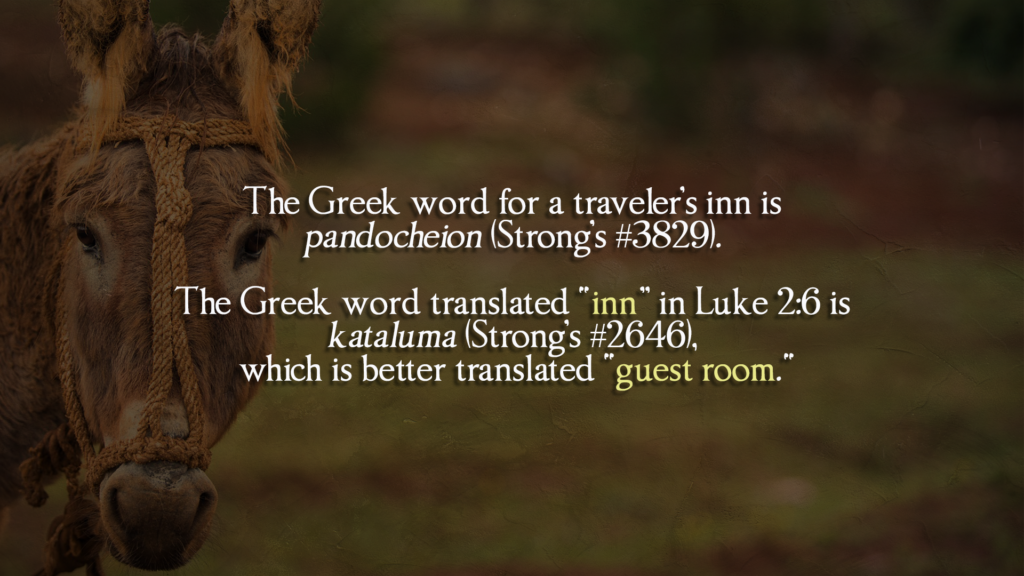
In this episode Tim and Michael discuss the realization that the traditional nativity story is wholly inaccurate; the historical development of the traditional nativity story; and new insights into whether Jesus was really born in a stable.
Since a manger is a food trough for feeding animals, then it is reasonable to assume to find a manger in or near a stable, barn or animal stall—right? But while this is not unreasonable or illogical, it is also how we Westerners perceive animals, feeding troughs, and stables. What we must ask ourselves is whether this mind picture is accurate for the ancient Near East.
In the ancient Near East, private ownership of livestock was a way of life. Apart from the extremely impoverished, everyone tended to own something—a cow, a donkey, a sheep or a goat—or a small combination thereof. And rather obviously, the greater one’s financial status, the more livestock one owned. As a matter of fact, biblically and culturally, a man’s wealth was often expressed in terms of his “flocks and herds”. Furthermore, a man’s financial status also determined how he would care for his animals. Did he tend his animals himself? Or did he hire out shepherds, drovers, servants, etc.? The very wealthy could afford separate quarters for their animals, but commoners would keep their animals in their house.
A typical village house in the ancient Near East had only one or two rooms. If it had two rooms, one was reserved exclusively for guests. The other “main” room was a large “family” room where the entire family lived, slept, cooked, and ate. At the end of the main room would be a designated area a few feet lower than the main room with a ledge blocked off by stones. Each night, the family cow, donkey, and/or few sheep or goats would be led into this area. In the morning, they would be led out of the house and either penned or tethered in a courtyard, and the animal stall in the house was cleaned.
Where the ledge separated the lower “stall” from the upper family room, feeding troughs—mangers—would either be placed or literally dug/carved into the floor of the main room. The animals standing on the lower floor would be able to feed from the mangers situated on the ledge. In other words—the manger was in the living room.